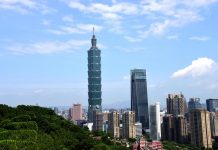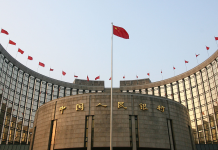BEIJING: After more than ten years of research, changing sand into soil has been achieved by a research team of Chongqing Jiaotong University in China.
Since started their first field experiment in the Ulan Buh Desert in China, the team has successfully soilized deserts in Inner Mongolia, Xinjiang, Sichuan in China and regions in Africa and Middle East. “Soil is a particulate matter, it can be converted between solid and rheological state and preserve water, nutrients and air,” explained Zhao Chaohua, deputy dean of the Institute of Desert Ecology, Chongqing Jiaotong University.
The team extracted a fiber adhesive from plants, which can enable the sand to convert between solid and rheological states like soil and have similar functions. Sorghum, peppers, radishes, potatoes, watermelons and melons have been successfully planted in the transformed desert, and the production was impressive.
Zhao Chaohua told that the food grown in the soilized desert was pollution-free and the quality was even better than fruits grown in real soil. “The bigger the root, the larger the production. In ordinary land, soil in the deeper layer is more firm, so that the roots can hardly grow there. In the desert, we only turned the top 20 to 30 cm deep of sand into soil, underneath which there is a lot of space, so the root of desert crops is very developed.
Strong sunlight and temperature difference between day and night in desert are also favorable factors for promoting the yield,” Zhao Chaohua said, noting that the team was now developing a brand of desert fruit to commercialize the programme. Some people raised doubt about the value of desert soilization technology, saying that what the desert lacks is water, not soil.
“Deserts do lack water. However, under the same amount of precipitation, the ecological environment formed with soil is different from those formed with sand.
After transforming the Ulan Buh Desert in 2017, we planted some hardy plants. We cut off the irrigation after the plants sprouted. Now the desert has become a grassland, which can not only prevent sandstorm but can also be a reserve of cultivated land.” – Agencies






